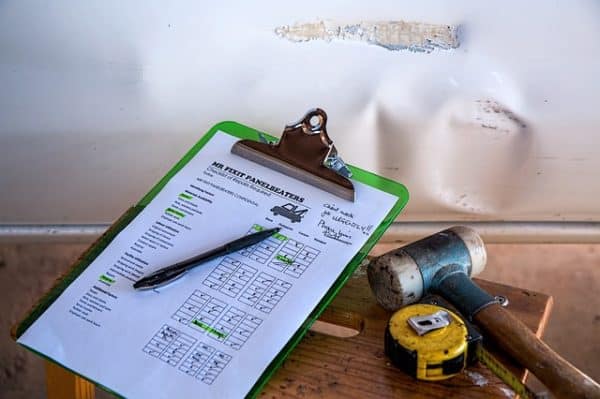
Undoubtedly, cars are the second most expensive thing most Americans own after their homes. When moving your vehicle, you want to protect that investment. You need to ensure you put measures in place to avoid unnecessary stress, headache, or even regret later.
Investing in auto transportation insurance is the best way to protect your car when shipping. This measure will ensure you’re reimbursed if anything happens to your vehicle.
However, before you can get this insurance, there are several things you need to know about auto transportation. Below are some tips to help you navigate the auto-transport insurance cover process with fewer hassles.
Ask for proof of insurance from the shipping company
Any reputable auto shipping company should be able to provide proof of insurance upon a customer’s request. The company should also readily answer any questions you have about the policy, especially about coverage. If a car shipping company seems hesitant to dish out details, treat that as a red flag.
Once you’ve found a responsive provider, don’t be afraid to ask a lot of questions. During your conversations with the company’s agent, get to know every detail regarding their policy. It’s during these talks that you’ll get to know what damage their policy covers and any exceptions. Make sure that you check the insurance status of a vehicle before you agree to any shipping costs.
It can be to get to the questions phase if you can’t find a reputable provider. Guardian Auto Transport is an excellent example of a car shipping company that provides comprehensive auto shipping coverage for clients. This coverage takes care of any unpredictable or unforeseen incidents that could occur when shipping your car. A reliable car shipping company will not only have this insurance, but they’ll also be eager to answer any questions you may have about it.
Get everything in writing
Before you can sign any auto-shipping contract, make sure everything you discussed with the agent is in writing on your contract. With a copy of the deal, you’ll be safe in case of any eventualities, including damages or accidents.
Your car shipping company of choice should be as eager to document your contract details as you are. Ask more questions if any part of the documents is unclear to you. If the unexpected occurs, this information will help you approach the situation from the proper legal perspective.
Consult with your auto insurance company
Checking the auto shipping insurance policy is not enough. You should also check with your vehicle insurance provider. Your car may or may not have additional coverage for transportation, so it’s worth it to know where you stand.
If you do have coverage, establish whether there are any deductibles, contingencies, or restrictions.
Don’t panic if you see that your car isn’t covered for shipping. Enquire whether you can get temporary coverage from the company. This additional research can go a long way in making sure your car gets to its destination safely.
Get rid of loose items
In most cases, the insurance doesn’t cover the interiors of your car. Therefore, you should remove every loose item inside it before handing it over to the auto shipping company. Such items include electronics, GPS devices, CDs, or spare change.
Loose items can move around during your car’s shipping and damage your seats or siding. Additionally, you’ll be responsible if anything gets stolen from your vehicle, so don’t leave behind any valuables.
Pre-possession inspection and bill of lading
Before the auto shipping company can load your car into their transporting truck, they’ll always conduct a thorough inspection of your vehicle to check for any existing damages.
As the agents do this, they’ll document everything to allow you to sign off the report. If you end up needing to file a claim, this document will come in handy.
You should be present for the inspection. That way, you’ll be able to inspect the car to your satisfaction. As such, you’re in a position to take note of any damages such as scratches, chips, and dents. Take photos or even a short video of your car just to be safe.
Once the car reaches its destination, you’re required to fill out the Bill of Lading. This legal document is a requirement for shipments in all fifty states.
Be there when the car arrives to check for any damages. Don’t rush through this process because once you sign the Bill of Lading, you’re acknowledging that the transfer is complete and that the car is in good condition.
Should you notice any damages later, there’s nothing you can do about it. The insurance company will not honor their coverage if you confirm the car is in good condition, only to come back later. If you sign the Bill of Lading prematurely, you’ll have no way of proving the damage wasn’t your fault, so take your arrival inspection seriously.
If you notice any damages upon arrival, indicate these damages in your Bill of Lading. Later, you can contact the auto shipper to make an insurance claim.
Takeaway
Done right, shipping your car can take a load off your relocation stress. Just don’t forget to take the proper precautions to protect yourself and your vehicle.
 Gearfuse Technology, Science, Culture & More
Gearfuse Technology, Science, Culture & More


